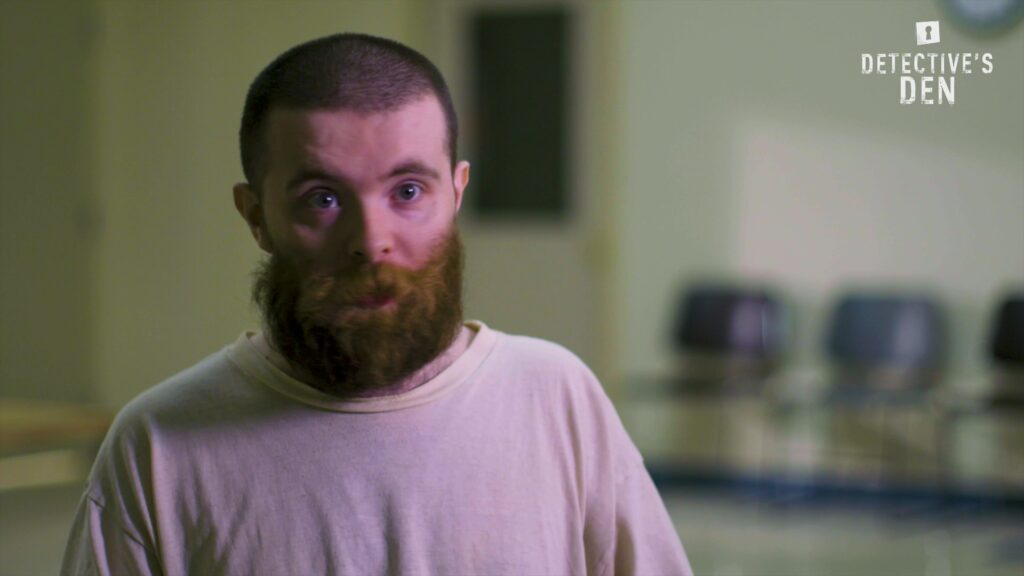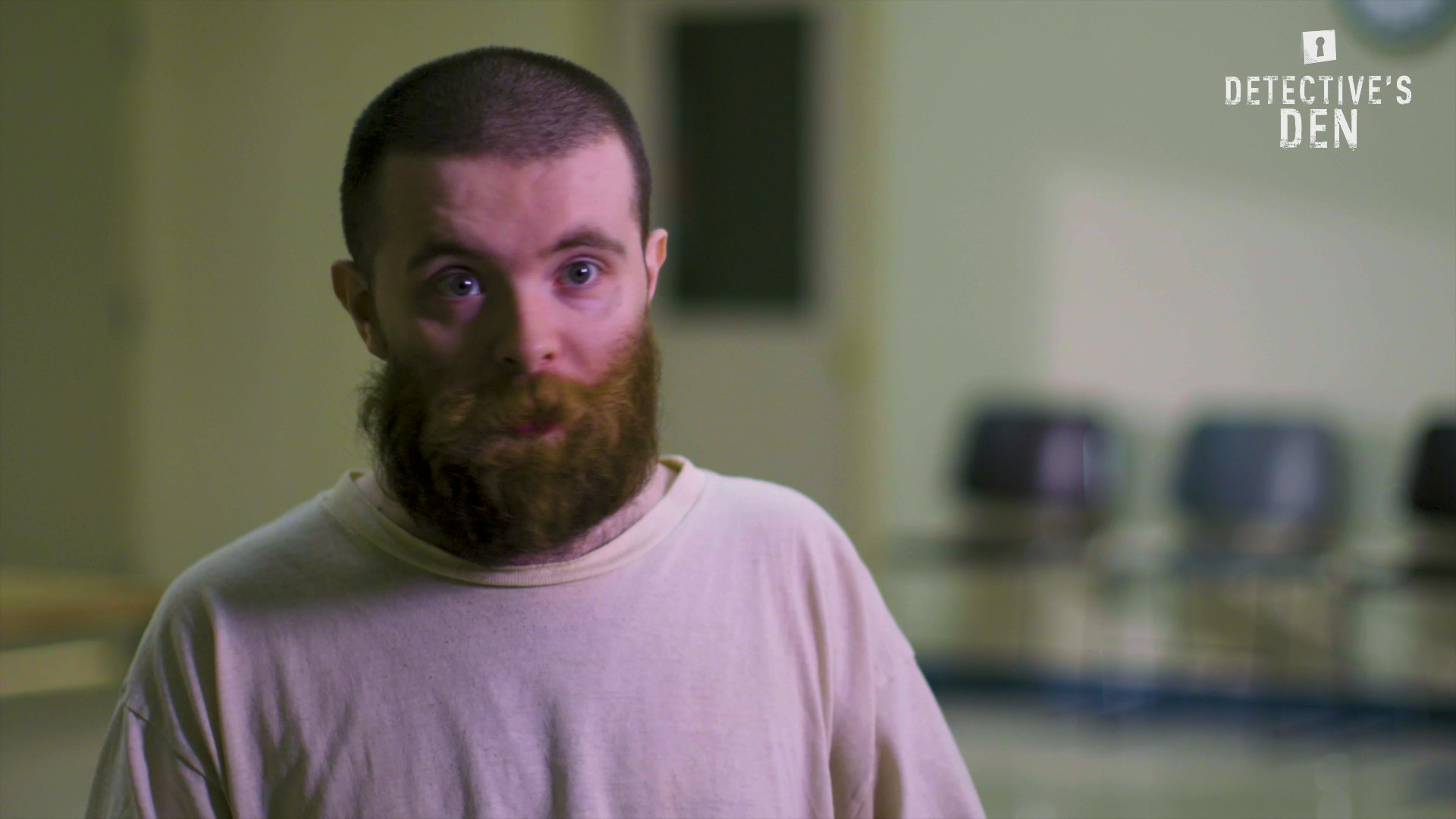
Dee Dee Blanchard Crime Scene Photos: Unveiling the Disturbing Reality
The murder of Dee Dee Blanchard in 2015 shocked the nation, not just for its brutality but also for the bizarre circumstances surrounding it. The case, involving Dee Dee and her daughter Gypsy Rose, quickly became a media sensation, spawning documentaries, TV series, and countless articles. Central to understanding the grim reality of this event are the Dee Dee Blanchard crime scene photos. These images, while disturbing, provide crucial insight into the environment where years of deception and abuse culminated in a tragic end.
This article delves into the significance of the Dee Dee Blanchard crime scene photos, exploring what they reveal about the case, the relationship between Dee Dee and Gypsy Rose, and the broader implications of Munchausen syndrome by proxy. We will examine the details that emerged from the investigation, focusing on the visual evidence that helped piece together the events leading up to Dee Dee’s death.
Background of the Dee Dee Blanchard Case
Dee Dee Blanchard presented herself as the devoted mother of Gypsy Rose, a young woman she claimed suffered from a multitude of severe medical conditions, including leukemia, muscular dystrophy, and chromosomal defects. For years, Dee Dee subjected Gypsy to unnecessary medical treatments, surgeries, and medications, all while garnering sympathy and financial support from their community. However, the reality was far different. Gypsy Rose was not as sick as her mother claimed. Dee Dee suffered from Munchausen syndrome by proxy (MSBP), a mental disorder in which a caregiver fabricates or induces illness in someone under their care.
Gypsy Rose endured years of abuse, isolation, and medical mistreatment. As she grew older, she became increasingly aware of her mother’s deception and began seeking ways to escape her control. This ultimately led her to connect with Nicholas Godejohn online, with whom she plotted to kill Dee Dee.
The Crime Scene and the Investigation
On June 14, 2015, Dee Dee Blanchard was found dead in her home in Springfield, Missouri. The Dee Dee Blanchard crime scene photos depict a chaotic scene. The house, which had been provided by Habitat for Humanity, was in disarray. The images showed Dee Dee lying face down in her bed, having been stabbed multiple times. The initial investigation focused on Gypsy Rose, who was initially believed to have been kidnapped. However, inconsistencies in Dee Dee’s claims about Gypsy’s medical conditions and the lack of Gypsy’s medical equipment at the scene raised suspicions.
The Dee Dee Blanchard crime scene photos played a crucial role in the investigation. They provided visual evidence of the crime and helped investigators piece together the events leading up to Dee Dee’s death. The photos, along with other evidence, led investigators to track down Gypsy Rose and Nicholas Godejohn in Wisconsin. Both were subsequently arrested and charged in connection with Dee Dee’s murder.
What the Crime Scene Photos Reveal
The Dee Dee Blanchard crime scene photos offer several key insights into the case:
- The Brutality of the Crime: The photos reveal the violent nature of Dee Dee’s murder, indicating a significant level of rage or desperation on the part of the perpetrator.
- The State of the House: The disarray in the house suggests a struggle or a hasty departure, further supporting the theory that someone other than Dee Dee was involved.
- Absence of Gypsy’s Medical Equipment: The lack of Gypsy’s supposed medical necessities, such as oxygen tanks or feeding tubes, raised red flags and challenged Dee Dee’s claims about her daughter’s health.
- Contextual Clues: The placement of objects and the overall condition of the room provided contextual clues that helped investigators reconstruct the timeline of events.
Impact on the Investigation
The Dee Dee Blanchard crime scene photos were instrumental in shifting the focus of the investigation from a missing person case to a murder investigation. They provided visual evidence that contradicted Dee Dee’s narrative and pointed towards the involvement of Gypsy Rose. The photos, combined with other evidence, ultimately led to the arrest and conviction of Gypsy Rose and Nicholas Godejohn.
The Trial and Aftermath
Gypsy Rose Blanchard pleaded guilty to second-degree murder and was sentenced to 10 years in prison. Nicholas Godejohn was found guilty of first-degree murder and sentenced to life in prison. The trial and subsequent media coverage brought widespread attention to the case and sparked a national conversation about Munchausen syndrome by proxy, child abuse, and the complexities of the relationship between Dee Dee and Gypsy Rose.
The Dee Dee Blanchard crime scene photos served as a stark reminder of the tragic consequences of abuse and deception. They highlighted the importance of investigating claims of illness and disability, especially when there are inconsistencies or red flags. The case also raised awareness of Munchausen syndrome by proxy and the devastating impact it can have on victims.
Munchausen Syndrome by Proxy and its Implications
Munchausen syndrome by proxy (MSBP), also known as factitious disorder imposed on another, is a mental disorder in which a caregiver fabricates or induces illness in someone under their care, typically a child. The caregiver seeks attention and sympathy for their perceived role as a dedicated and selfless caretaker. MSBP is a form of child abuse and can have severe physical and psychological consequences for the victim.
The Dee Dee Blanchard case brought MSBP into the spotlight, raising awareness of the disorder and its potential for harm. It also highlighted the challenges of identifying and intervening in cases of MSBP, as the caregiver is often highly skilled at deceiving medical professionals and others.
Identifying Potential Cases of MSBP
Recognizing MSBP can be difficult, but there are certain red flags that may indicate a potential case:
- Medical inconsistencies: The child’s medical history may be inconsistent or contradictory.
- Unexplained symptoms: The child may exhibit symptoms that are not consistent with any known medical condition.
- Caregiver’s excessive concern: The caregiver may appear overly concerned about the child’s health and may seek out multiple medical opinions.
- Discrepancies in reporting: The caregiver’s account of the child’s symptoms may differ from what is observed by medical professionals.
- Child’s reluctance to receive treatment: The child may be reluctant to receive medical treatment or may express fear or anxiety about medical procedures.
The Lasting Impact of the Dee Dee Blanchard Case
The Dee Dee Blanchard case continues to resonate with the public, serving as a cautionary tale about the dangers of deception, abuse, and the complexities of mental illness. The Dee Dee Blanchard crime scene photos, while disturbing, provide a tangible link to the reality of the case and the tragic consequences of Dee Dee’s actions. The case has also prompted increased awareness of Munchausen syndrome by proxy and the need for greater vigilance in protecting vulnerable individuals from abuse.
The case also raises ethical questions about the media’s portrayal of true crime events and the potential for sensationalism. While it is important to understand the details of such cases, it is also crucial to approach them with sensitivity and respect for the victims and their families.
Conclusion
The Dee Dee Blanchard crime scene photos offer a grim glimpse into the reality of a case marked by deception, abuse, and ultimately, tragedy. They serve as a reminder of the importance of vigilance, awareness, and intervention in cases of suspected child abuse and Munchausen syndrome by proxy. The case of Dee Dee and Gypsy Rose Blanchard continues to be a subject of fascination and discussion, highlighting the complexities of human relationships and the devastating consequences of mental illness and abuse. The details gleaned from the Dee Dee Blanchard crime scene photos contribute significantly to our understanding of this disturbing chapter in true crime history. Examining the Dee Dee Blanchard crime scene photos is a crucial step in understanding the full scope of the crime and the environment in which it occurred. The Dee Dee Blanchard crime scene photos are a sobering reminder of the darkness that can exist within families and the importance of protecting vulnerable individuals. The Dee Dee Blanchard crime scene photos, though difficult to view, are essential for understanding the full context of the crime. The Dee Dee Blanchard crime scene photos provide undeniable evidence of the tragedy that unfolded. The Dee Dee Blanchard crime scene photos paint a chilling picture of the events leading up to Dee Dee’s death. The story behind the Dee Dee Blanchard crime scene photos is one of manipulation, abuse, and ultimately, violence. The Dee Dee Blanchard crime scene photos are a key piece of evidence in understanding the motivations behind the crime. The significance of the Dee Dee Blanchard crime scene photos cannot be overstated in understanding the Dee Dee Blanchard case. The Dee Dee Blanchard crime scene photos help to illustrate the extent of the crime. [See also: Gypsy Rose Blanchard’s Life After Prison] [See also: Munchausen Syndrome by Proxy: Understanding the Disorder] [See also: True Crime Documentaries About Dee Dee Blanchard]

